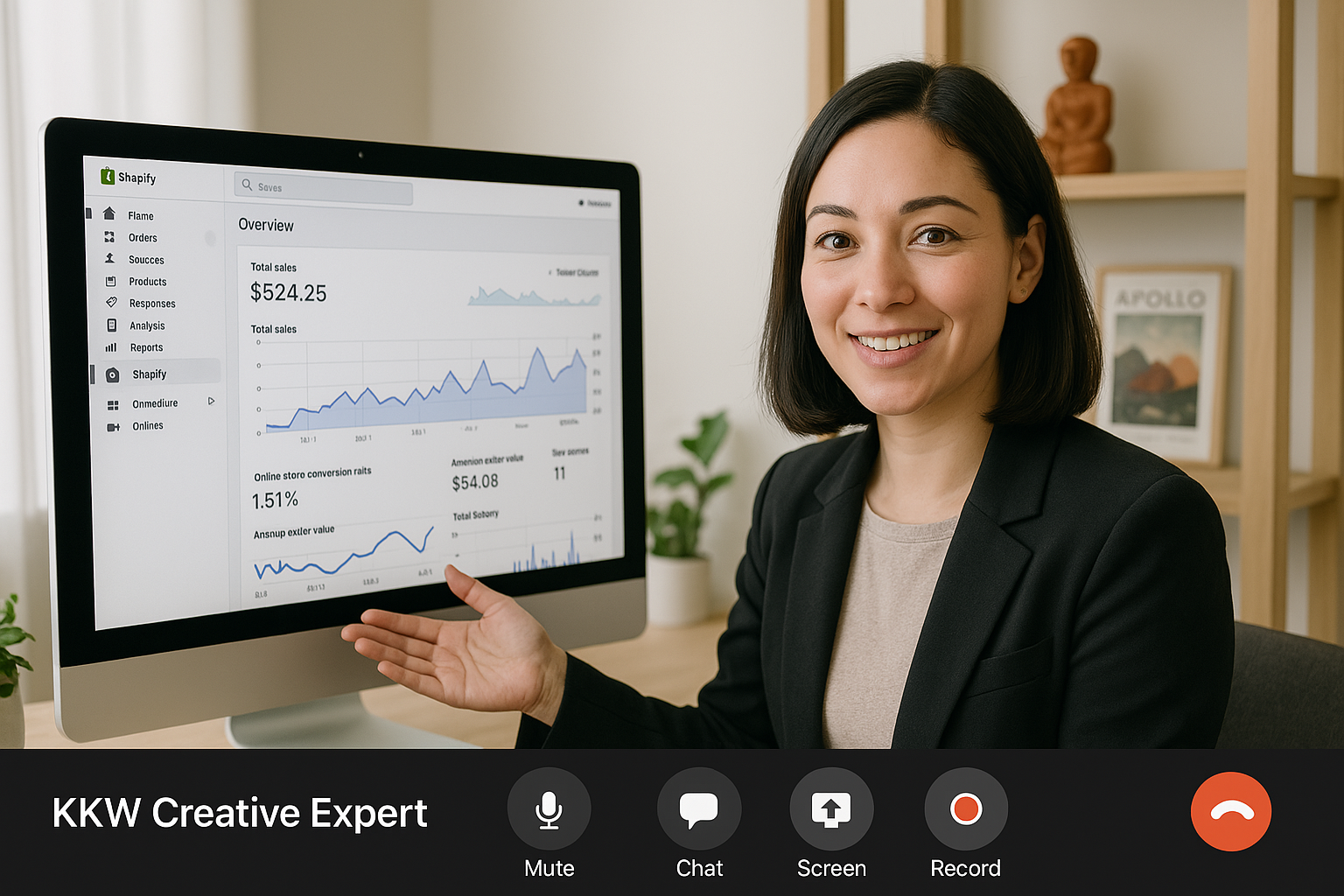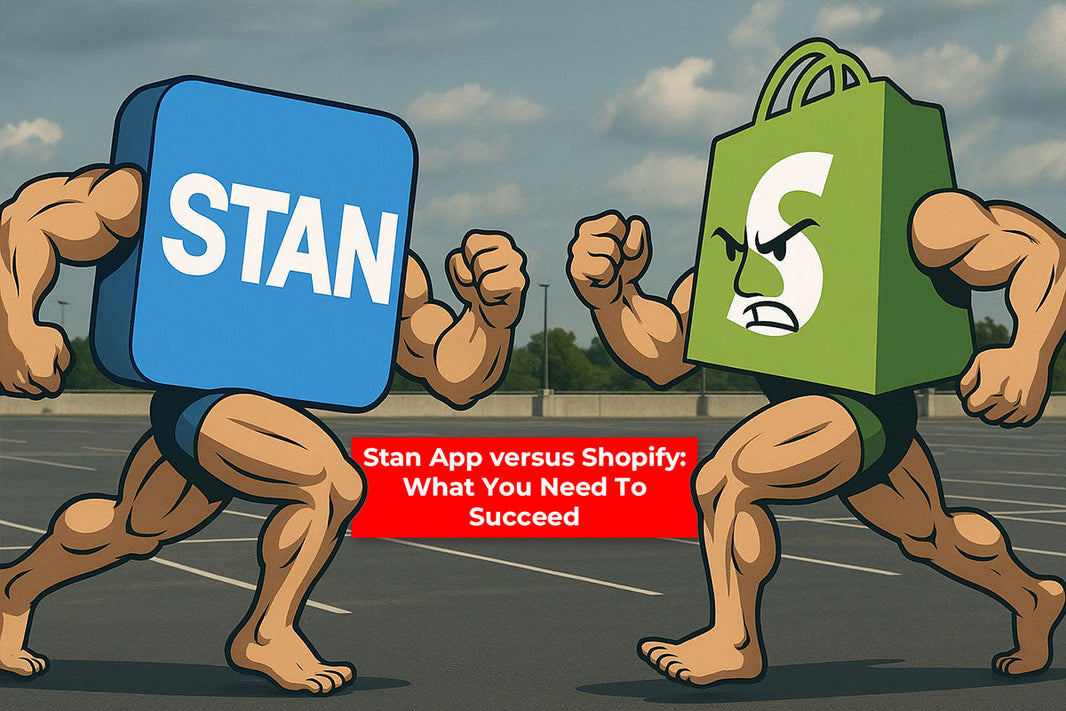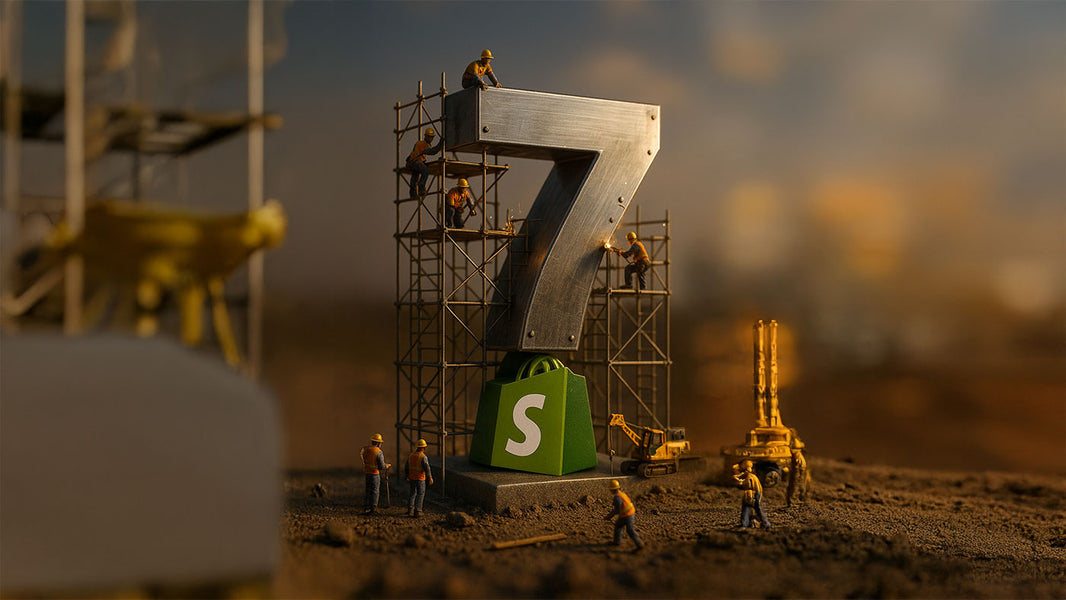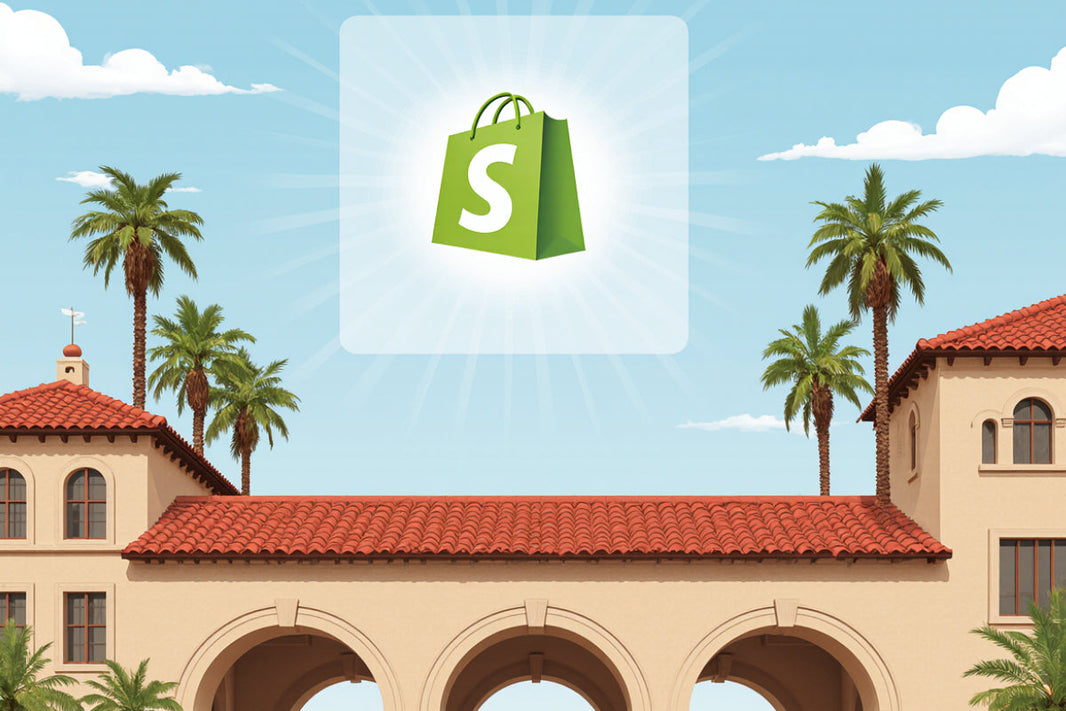Premium (meaning paid for) Shopify themes generally outperform free themes in terms of conversions and overall performance for several reasons. Here’s a breakdown of why premium Shopify themes are often a better choice for businesses looking to maximize their online store's potential:
1. Conversion Optimization
- Built-in Features: Premium themes typically come with more conversion-focused elements like countdown timers, trust badges, optimized product pages, and upsell sections. These features are designed to encourage users to make a purchase.
- Mobile Optimization: While free themes are often mobile-friendly, premium themes usually offer enhanced responsiveness and performance across different devices. With mobile traffic dominating e-commerce, an optimized mobile experience is key to conversions.
- Advanced Filtering & Search: Premium themes often include advanced filtering options (such as by color, size, or price) and a more robust search function, making it easier for users to find what they are looking for, which can increase conversion rates.
2. Design & Customization
- Unique, Professional Designs: Premium themes tend to have more polished, unique, and modern designs compared to free themes, giving your store a professional look that can instill trust in visitors and encourage them to buy.
- Customizability: Premium themes generally come with more customization options, allowing you to tailor the user experience more closely to your brand. They often provide additional layouts, color options, and flexibility in design without needing to modify code.
- High-Quality Imagery & Graphics: Many premium themes come with built-in options for using large, high-quality images, videos, and galleries that can enhance product presentation and boost customer engagement.
3. Support & Updates
- Dedicated Support: With premium themes, you usually get access to professional support from the theme developers. If any issues arise, you can count on expert help, which can be crucial in running a smooth e-commerce operation.
- Regular Updates: Premium themes are updated more frequently than free ones, ensuring they are optimized for the latest Shopify features and security updates. This means you can take advantage of new features and maintain a secure, optimized store.
- Check out Ketchum, Killum & Wynn Creative Inc's monthly support packages. They're more cost effective than hiring a dedicated employee!
4. Performance & SEO
- Faster Loading Speeds: Premium themes are often optimized for speed, meaning your store will load faster, improving the user experience and boosting your SEO ranking. Google rewards faster websites with better search rankings, which can lead to more traffic and conversions.
- SEO Optimization: Premium themes typically come with better built-in SEO features like clean code, meta tags, alt texts for images, and schema markup, all of which help search engines index your site more effectively.
- Better Code Quality: Premium themes often have cleaner, better-structured code, which can make a huge difference in overall site performance. Fewer bugs and better compatibility with apps are additional benefits.
5. Scalability
- Advanced Features for Growth: Premium themes are usually designed with scaling businesses in mind. As your store grows, these themes can handle more complex product catalogs, higher traffic volumes, and more advanced features like video backgrounds or animations.
- Integrated Apps & Plugins: Premium themes are more likely to integrate seamlessly with a wider range of Shopify apps, providing enhanced functionality without the need for expensive custom development.
6. User Experience (UX) & User Interface (UI)
- Enhanced User Experience: Premium themes usually focus on delivering a smooth and enjoyable user experience. They offer intuitive navigation, clean layouts, and engaging designs that keep customers on the site longer and reduce bounce rates.
- Refined Product Pages: Product pages on premium themes tend to be more flexible and feature-rich, allowing for things like detailed product descriptions, product reviews, and related products, which help to drive more informed buying decisions.
7. Built-In Marketing Tools
- Email Capture & Pop-ups: Many premium themes come with built-in tools for capturing emails through pop-ups, banners, or exit-intent features, allowing you to grow your email list and re-target potential customers.
- Social Proof Features: Premium themes often include social proof elements like user reviews, customer testimonials, or live purchase notifications, which can enhance trust and credibility, helping to drive more sales.
8. Brand Differentiation
- Unique Customizations: With premium themes, you can more easily differentiate your store from competitors using free themes. The unique design features and customizable elements help create a stronger brand identity and a more memorable customer experience.
- Better Visual Storytelling: Premium themes often come with sections dedicated to telling your brand story visually through video, images, and parallax scrolling, helping to build emotional connections with customers.
In Conclusion:
While free Shopify themes are a good starting point for small businesses, premium themes provide a much richer experience both in terms of design and functionality. They offer more robust features that contribute to higher conversions, better SEO, and a smoother user experience, all of which are crucial as your business scales.
Ultimately, investing in a premium theme can pay off in the long term by enhancing user experience, increasing brand authority, improving site performance, and helping you stand out from the competition.












